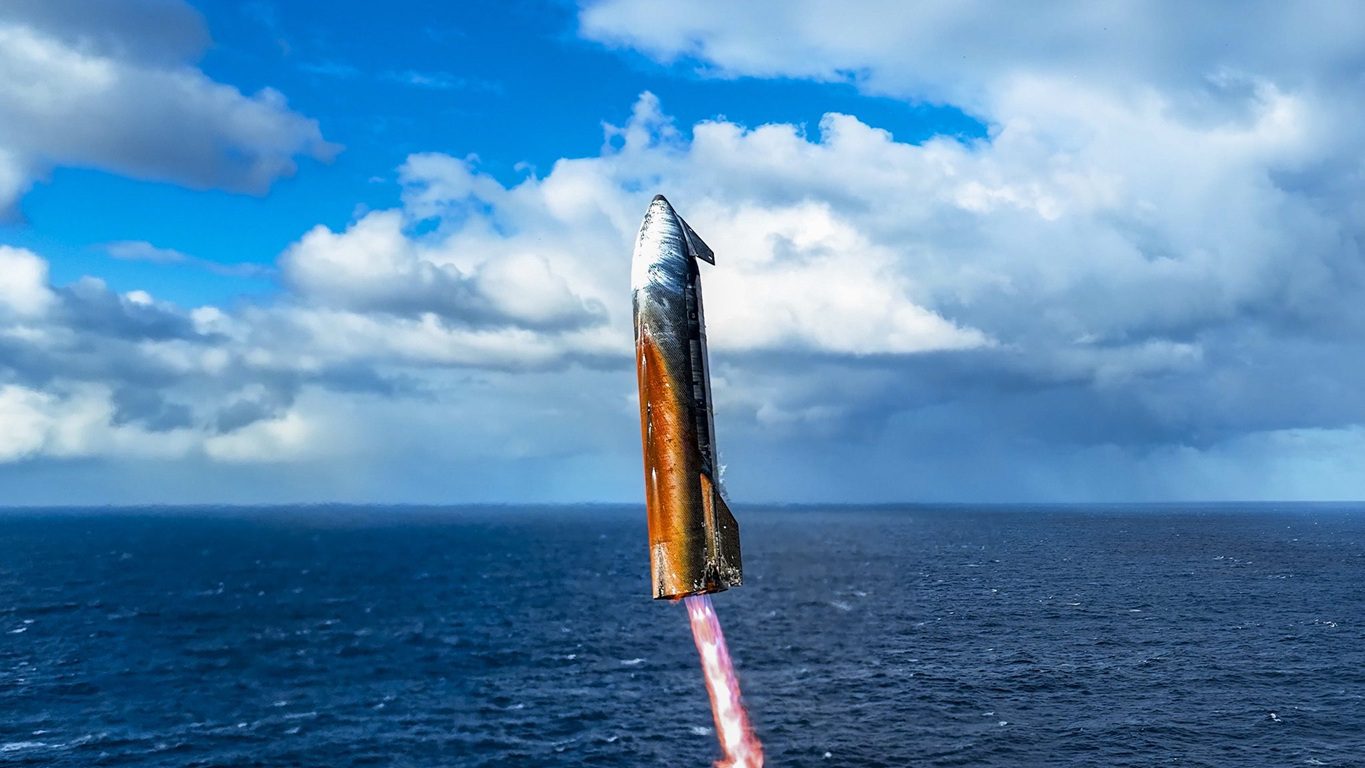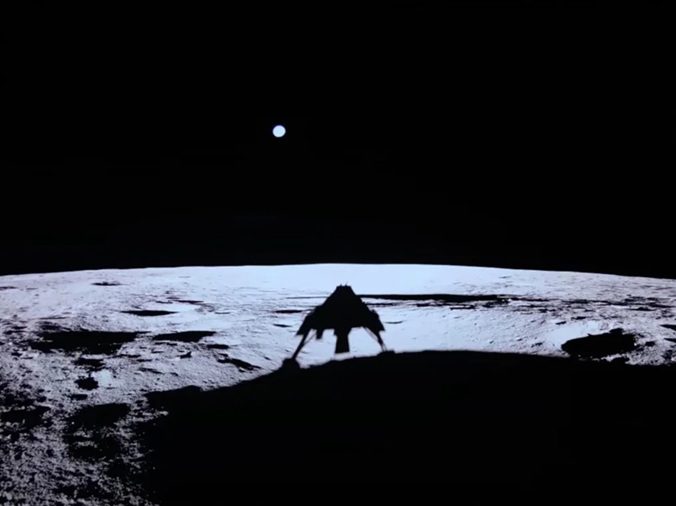It may be all over for the STEREO-Behind solar monitoring spacecraft mission after it fell into a suspected spin following a double failure of its attitude control system. As it plied its way on the far side of the Sun the spacecraft was in the middle of an operation to protect the high-gain antenna from pointing directly at the Sun and put the spacecraft into a safe mode during the radio-communications black out caused by the Sun being in the way. It was during the tests to check out these “solar conjunction” operating modes that all communication was lost on 1 October 2014.
While STEREO-Behind’s sister craft, STEREO-Ahead went through the tests satisfactorily in August, the tests on STEREO-Behind ended with a loss of signal. The test was one for the hard command loss timer, which resets the spacecraft if no commands are received after three days, as would normally be the case with the Sun in the way. Unfortunately, while the reset did occur as planned, it became apparent that the signals from the spacecraft had weakened and then failed completely with no further signals being received back on Earth.
Final telemetry signals showed that the Inertial Measurement Unit (IMU) has been powered on, this indicated that a Star Tracker had failed to find its navigation stars in a fast enough time. Without the Star Tracker, the high gain antenna cannot be properly pointed at Earth, resulting in the initial faint signal, which was eventually lost completely. Such a scenario would normally be recovered from using the IMU. However, telemetry data showed that a laser gyro inside the IMU also failed at the same time.
It was thought that if the spacecraft’s orientation system had detected a fault in the IMU then it would have moved to a much simpler sun-sensor driven solar acquisition function to keep the spacecraft at least powered up. However, if the spacecraft did not detect that the IMU was providing bad data, it may have fired its thrusters to stop the roll that it thought it was in. With bad data coming from the IMU, instead of stabilizing the spacecraft, this would have sent it into a spin about its principal axis of inertia. The solar panels may have then stopped getting enough sunlight to keep the spacecraft powered, draining the batteries and shutting the spacecraft down.
Attempts to re-establish communications to stabilise the spacecraft have failed. There remains hope that as the probe progresses in its solar orbit, its axis of spin might, at least, allow some illumination of the arrays. If power is restored, then the telemetry system might work again. However, while the long-serving SOHO spacecraft managed a similar recovery, this scenario is still thought to be along shot if all the spacecraft’s fuel has been expended.








